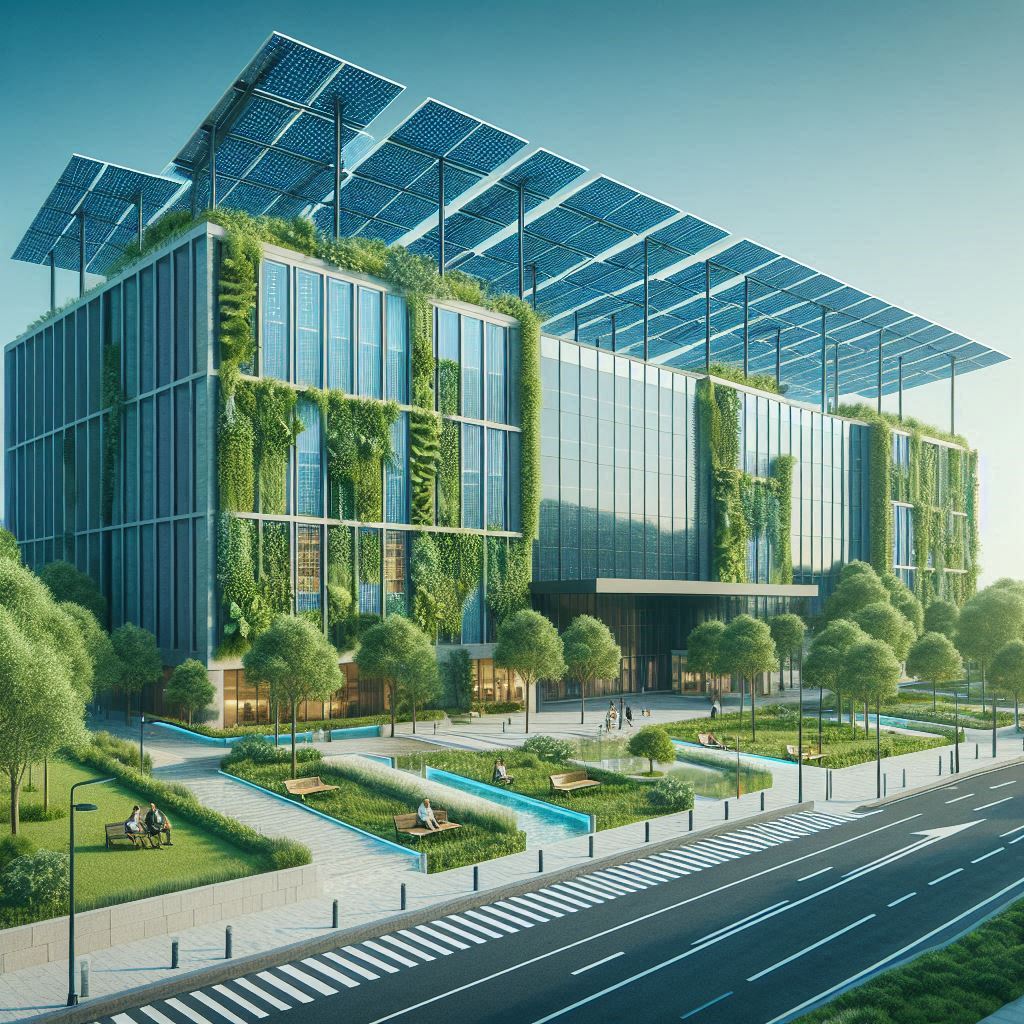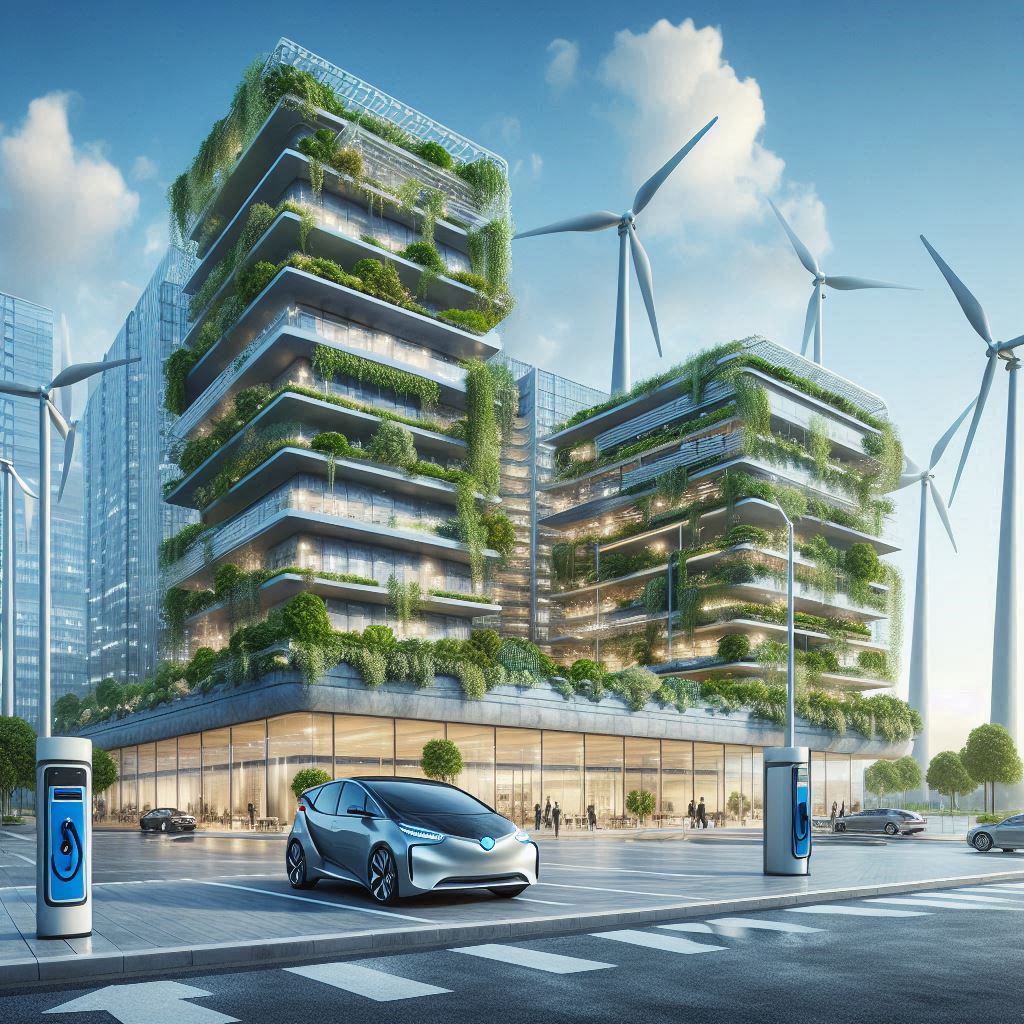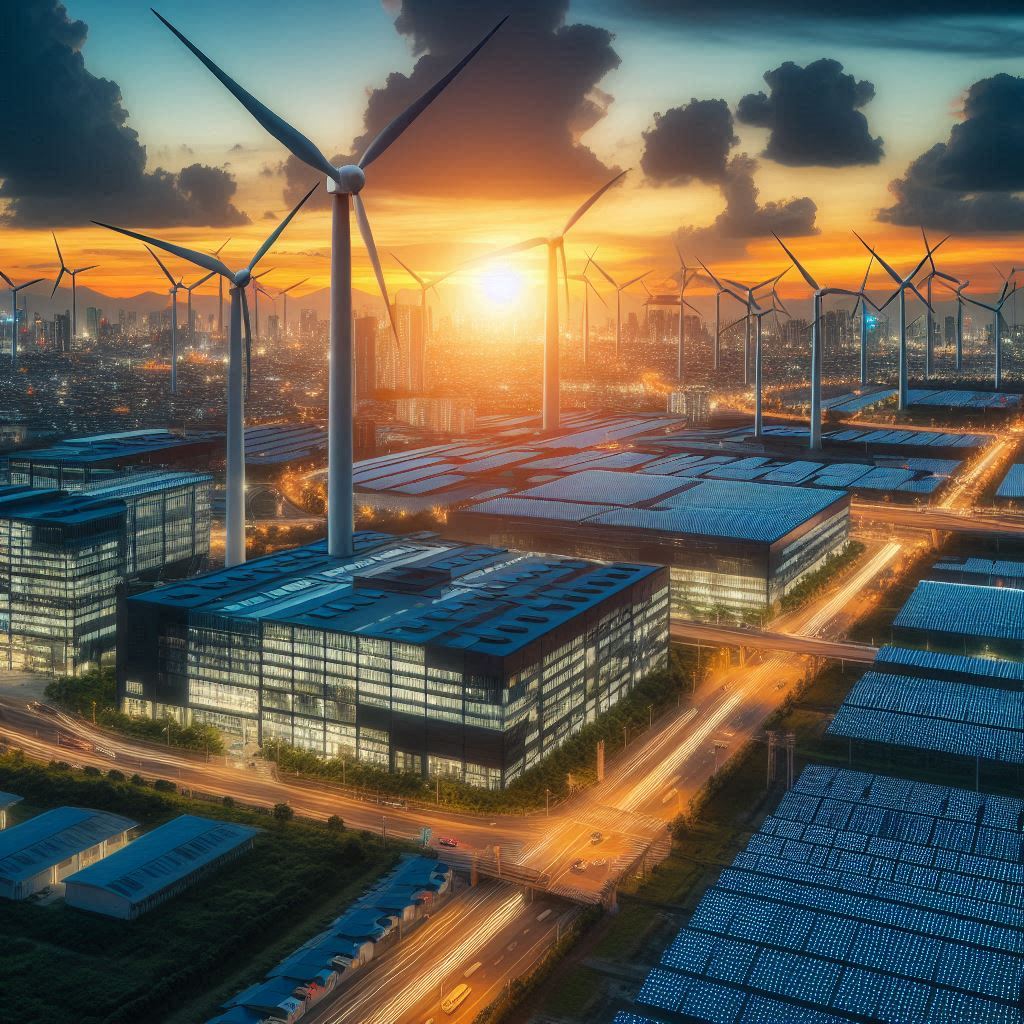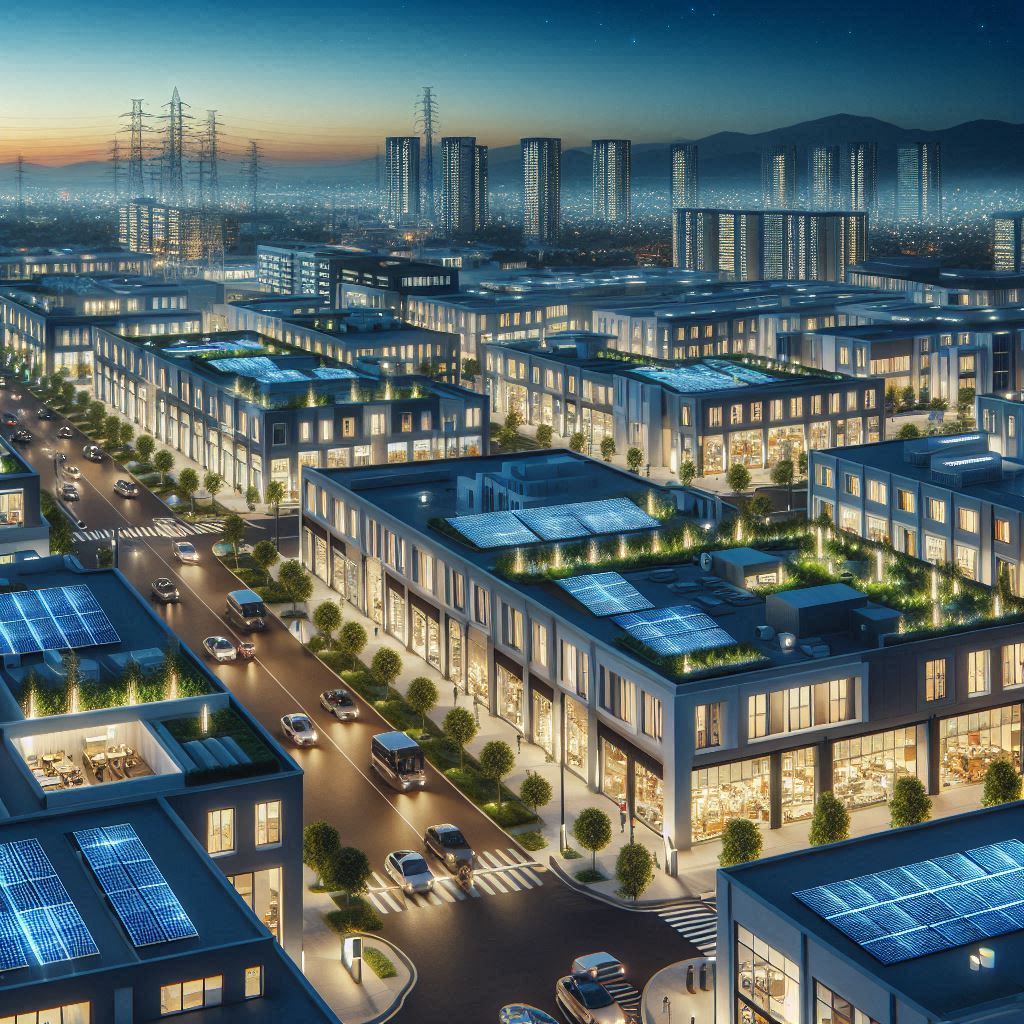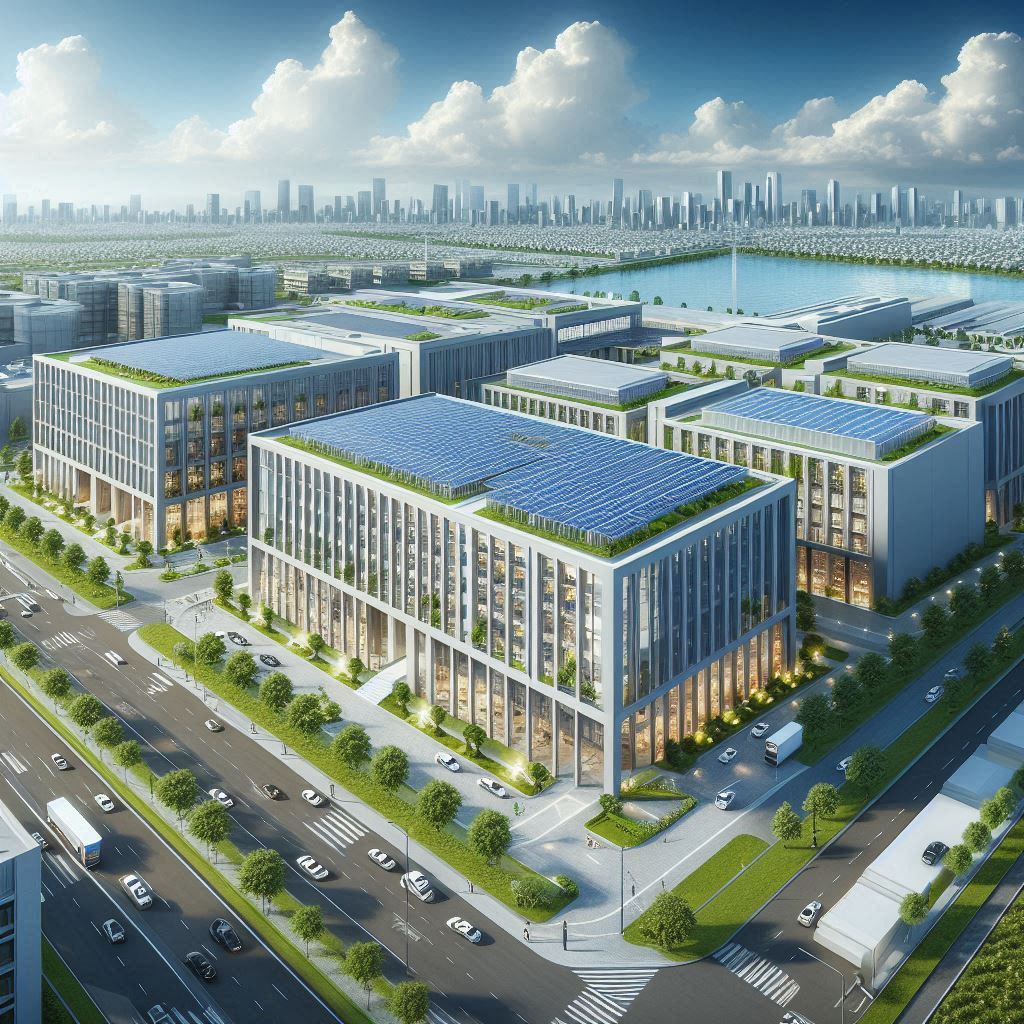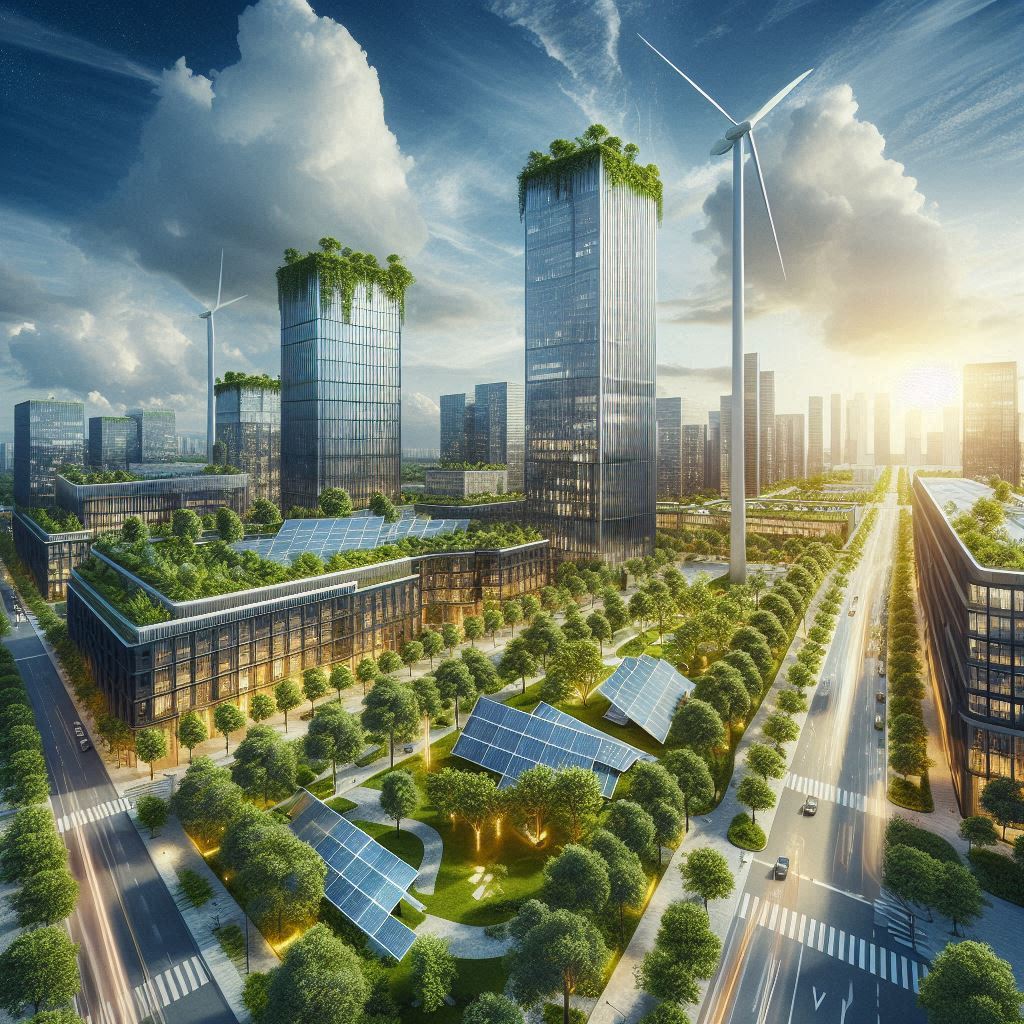I. Introduction
In modern urban development, efficiency and sustainability are not just aspirations; they are necessities. Within the tapestry of towering buildings and bustling streets, energy benchmarking emerges as a vital tool for cities like New York. The concept of energy benchmarking involves measuring a building’s energy use, comparing it to past performance, and contrasting it with the energy use of similar buildings. This practice illuminates the path towards energy optimization and underpins the broader goals of environmental stewardship.
New York City (NYC), a global hub of commerce, culture, and innovation, keenly appreciates the significance of this endeavor. As part of the city’s Local Law 84, implemented in 2009, NYC has pioneered energy benchmarking initiatives aimed at reducing the carbon footprint of the city’s buildings. However, as the city’s infrastructure continues to age and environmental challenges mount, the existing energy benchmarking processes call for a transformation.
The answer may lie in the burgeoning domain of Artificial Intelligence (AI). AI possesses the potential to reshape energy benchmarking fundamentally, enabling more precise data analysis, predicting energy trends, and driving smarter, greener urban living. This blog will delve into how NYC can harness the power of AI to bolster its benchmarking efforts, setting an example for cities worldwide.
II. NYC Energy Benchmarking: The Current Scenario

NYC is renowned for its iconic skyline, but behind the grand facades, these structures contribute significantly to the city’s energy consumption. Buildings account for a staggering proportion of the city’s carbon emissions, making their energy efficiency a top priority in NYC’s sustainability agenda.
The NYC energy benchmarking initiative mandates that owners of large buildings annually measure and report their energy and water consumption. The city utilizes this data to inform owners, tenants, and the public about a building’s energy efficiency, setting the groundwork for improvements and regulatory measures.
Despite strides made in green initiatives, NYC’s energy benchmarking is challenging due to the sheer scale and variety of buildings. Accurately tracking energy use within such a diverse and densely packed urban landscape is a monumental task. The available data can be overwhelming, and the existing manual systems are often inadequate for processing the information effectively, resulting in potential inaccuracies and underutilization of valuable insights.
III. Understanding AI: A Primer
Before envisioning AI’s role in energy benchmarking, let’s take a step back to understand the essence of AI. At its core, Artificial Intelligence mimics human cognition to perform tasks that typically require our intelligence, such as recognizing patterns, making decisions, and solving problems. AI encompasses a range of technologies, including machine learning, where algorithms improve their performance as they gain more data.
The potential of AI extends across industries, from healthcare to finance, and notably, energy management. In the latter, AI can sift through massive datasets to identify inefficiencies and optimal solutions that would be near-impossible for humans to ascertain on the same scale or timeframe.
IV. AI in Energy Benchmarking: The Theoretical Benefits
Now, let’s explore the theoretical benefits of AI in NYC’s energy benchmarking. Firstly, AI can process and analyze energy data more efficiently than traditional methods. It can learn from historical energy consumption trends and generate predictive models, providing valuable foresight into future energy needs. This capability allows for proactive energy management, reducing wastage, and enhancing efficiency across NYC’s building portfolio.
AI’s ability to optimize energy usage is particularly advantageous for benchmarking, as it can pinpoint specific areas where energy consumption is excessive and suggest targeted interventions. Moreover, AI can streamline energy optimization by automating the data collection process, thus reducing human error and ensuring that the data is both reliable and up-to-date.
AI-powered benchmarking tools can perform real-time monitoring and deliver instantaneous feedback on energy-saving measures, validating their effectiveness and guiding future policies. Additionally, AI could foster smart energy solutions by integrating data from various sources, such as local weather stations or city-wide energy grids, creating a holistic view of energy use and enabling more nuanced benchmarking.
V. The Future of NYC Energy Benchmarking with AI

The future implementation of AI in NYC’s energy benchmarking can take several forms. For instance, AI-driven software platforms could be developed to assess building energy performance automatically, considering factors like occupancy, weather conditions, and even the impact of nearby buildings.
Such an initiative will necessitate collaboration among various stakeholders, each playing a pivotal role. Government bodies would need to set regulations, provide funding and support pilot projects. Private sectors, including property owners and real estate developers, would be responsible for adopting these AI tools. Energy companies could offer expertise and innovation, while tech firms would be the architects of the AI algorithms and platforms.
As promising as this future is, it does not come without challenges. Ensuring data privacy and security is paramount, and there would be a need for transparent methodologies to maintain public trust. Furthermore, technical challenges, such as integrating disparate data systems and updating legacy infrastructure, must be addressed.
VI. Conclusion
As we contemplate the transformative potential of AI in NYC’s energy benchmarking, one thing is clear: AI is not a distant sci-fi concept but a tangible tool that can be harnessed to create a more sustainable and efficient urban environment. As responsible citizens, keeping abreast of and supporting NYC’s energy benchmarking endeavors and green initiatives is imperative.
With a strategic AI deployment, the future of NYC’s energy management looks promising. It signals a paradigm shift towards green energy solutions and sustainable energy practices. Through continual innovation and community engagement, NYC can set a global standard for intelligent energy management, ensuring a greener and more sustainable future for all its residents.
VertPro.com serves as a resourceful platform for property owners and managers seeking to enhance their buildings’ energy efficiency. The site offers a range of services, including Commercial Energy Audits, Benchmark Compliance consultancy, and a Construction Marketplace. At the heart of VertPro® is a suite of SaaS technology-based solutions designed to assist in navigating the complexities of Energy Benchmarking and Energy Audits/RCx Plus, while ensuring adherence to over 60 Energy Benchmarking and Energy Efficiency Laws across the country.
For those looking to improve their property’s energy usage and operational value, VertPro.com provides a diverse array of tools and information. The site aims to facilitate a better understanding of energy efficiency practices and legislation, helping building owners and property managers make informed decisions about their energy strategies while complying with all energy ordinances and laws.




